42 molecular orbital diagram f2
PDF Figure 9.32: The molecular orbital energy-level diagram for • The following slide illustrates the relative energies of the molecular orbitals compared to the original atomic orbitals. • Because the energy of the two electrons is lower than the energy of the individual atoms, the molecule is stable. Figure 9.26: (a) The molecular orbital energy-level diagram for the... What is the molecular orbital diagram of O2 and F2? - Answers So, since oxygen has two unpaired electrons in the molecular orbital diagram it will have the strongest mass shift on a magnetic susceptibility balance. When a molecule loses an electron, it will come from the highest occupied molecular orbital. In both O2 and F2, this MO is an antibonding MO.
Molecular Orbital Theory: Explanation, Illustrations and... - Embibe Molecular Orbital Theory: To simplify things, we will consider the interaction of the orbitals containing valence electrons to create molecular orbitals. Ans: The molecular orbital theory characterizes the electronic structure of molecules using In terms of the energy level diagram, it represents as.
Molecular orbital diagram f2
Molecular Orbital Theory - GeeksforGeeks The Molecular Orbital Theory is a chemical bonding theory developed at the turn of the twentieth century by F. R. Hund and R. S. Mulliken to explain the structure and properties of various molecules. The valence-bond theory failed to adequately explain how certain molecules, such as... PDF lecture_6 Molecular orbital 'resembles' the atomic orbital to which it lies closest in energy. Always break MO diagrams down into components based on symmetry. Walsh diagrams summarise changes in MO diagram wrt structure note a combination of first and second order effects. Molecular Orbital (MO) Diagram for F2(2+) - YouTube When two fluorine atoms bond, the sigma(2p) bonding molecular orbitals are lower in energy than the pi(2p) bonding orbitals.F2(2+) has a bond order of 2, so...
Molecular orbital diagram f2. Introduction to Inorganic Chemistry/Molecular Orbital Theory... Valence bond (VB) theory gave us a qualitative picture of chemical bonding, which was useful for predicting the shapes of molecules, bond strengths, etc. It fails to describe some bonding situations accurately because it ignores the wave nature of the electrons. Figure 2. Qualitative molecular orbital diagram of HF −. The 2σ... Download scientific diagram | Qualitative molecular orbital diagram of HF −. The 3σ orbital is a combination of the F 2p z and H 1 s orbitals and is bonding, whereas the F 2p x and 2p y orbitals cannot interact with the H 1 s orbital due to different symmetries and serve as non-bonding orbitals. F2 Molecular Orbital (MO) Diagram - Techiescientist As per molecular orbital (MO) theory, all the constituent atoms in a molecule contribute to the formation of molecular orbitals. Let us have a look at the MO diagram for F2. The 2s orbitals of both F atoms mix to form a low energy bonding orbital and a high energy antibonding orbital (as shown... 8.4 Molecular Orbital Theory - Chemistry 2e | OpenStax Molecular Orbital Theory. considers bonds as localized between one pair of atoms. considers electrons delocalized throughout the entire molecule. The filled molecular orbital diagram shows the number of electrons in both bonding and antibonding molecular orbitals.
PDF Microsoft PowerPoint - An introduction to Molecular Orbital Theory.ppt... • Bonding - Review VSEPR and Hybridisation - Linear combination of molecular orbitals (LCAO), bonding / antibonding - Labelling of • It is a waste of both the lecturers and students time if the tutorial to ends up being a lecture covering questions. 5. An introduction to Molecular Orbital Theory. 8.4 Molecular Orbital Theory - Chemistry Molecular Orbital Theory. considers bonds as localized between one pair of atoms. considers electrons delocalized throughout the entire molecule. Figure 8. This is the molecular orbital diagram for the homonuclear diatomic Be2+, showing the molecular orbitals of the valence shell only. PDF Molecular | 90" (porbitals). This dilemma has been resolved by orbital Molecular Orbital ~ a l c u l aitons. John D. Roberts. For practicing organic chemists the simple, linear-combination-of-atomic-orbitals (LCAO), molecular- orbital method p e r m i t s useful calculations of semi- empirical elec-tronic energies of unsaturated molecules with no m o r e than high school... PDF Microsoft Word - Handin8s2017ans.docx 1. Sketch the qualitative molecular orbital diagram for XeF2. The molecule is linear and symmetric. The XeF2 is an electron excess molecule. You can think of the molecule as the complex between Xe and F2, both of which are closed shell.
Tutorial on Chemical Bonding, Part 8 of 10 (Molecular orbitals) The diagram shows how the molecular orbitals in lithium hydride can be related to the atomic orbitals of the parent atoms. Notice that the relative energies of the 2p-derived σ and π bonding molecular orbitals are reversed in O2 and F2. This is attributed to interactions between the 2s orbital each atom... PDF Microsoft PowerPoint - Polyatomic Molecular Orbital Theory... Polyatomic Molecular Orbital Theory. Transformational properties of atomic orbitals. The Walsh diagram shows what happens to the molecular orbitals for a set of molecules which are related in structure. Molecular Orbital Theory - BH3. The BH3 molecule exists in the gas phase, but... Molecular orbital diagram - Wikipedia A molecular orbital diagram, or MO diagram, is a qualitative descriptive tool explaining chemical bonding in molecules in terms of molecular orbital theory in general and the linear combination of atomic orbitals (LCAO) method in particular. Molecular Orbital Theory | Boundless Chemistry Molecular orbital diagrams are diagrams of MO energy levels, shown as short horizontal lines in the center. Atomic orbitals (AO) energy levels are shown for comparison. Lines, often dashed diagonal lines, connect MO levels with their constituent AO levels.
What is the molecular orbital diagram of O2 and F2? - Quora Originally Answered: Why is the molecular orbital diagram for O2 different from N2? Whilst this is the MO diagram for N₂: If we compare such diagrams for the diatomic molecules on the Second Period (Li₂, Be₂, B₂, C₂, N₂, O₂, and F₂), the resulting pattern looks like this
Molecular Orbital Diagrams simplified | by Megan A. Lim | Medium Drawing molecular orbital diagrams is one of the trickier concepts in chemistry. The first major step is understanding the difference between two major theories: Valence Bond Theory and Molecular Orbital Theory. Valence Bond Theory proposes that electrons are localized between two atoms.
Molecular Orbital Theory The molecular orbital diagram for an O2 molecule would therefore ignore the 1s electrons on both oxygen atoms and concentrate on the interactions between the 2s and 2p Experiments have shown that O2 and F2 are best described by the model in the figure above, but B2, C2, and N2 are best...
Chapter 9 Molecular Orbitals in Chemical Bonding (Midterm) | Quizlet molecular orbital diagram for F2. number of elections in the pi*2p molecular orbital is. their molecular orbital diagrams are more symmetrical than those of homonuclear diatomic molecules. which of the following statements about nitrogen oxide, NO, is FALSE.
Asked for: "skewed" molecular orbital energy-level diagram, bonding... Figure 4.10.1: Molecular Orbital Energy-Level Diagrams for Homonuclear Diatomic Molecules.(a) For F 2 , with 14 valence electrons (7 from each F atom), all To obtain the molecular orbital energy-level diagram for O 2 , we need to place 12 valence electrons (6 from each O atom) in the energy-level...
MO Diagrams | Molecular Orbital Diagram Maker A bare molecular orbital diagram is presented and you must drag the correct orbitals and labels onto the diagram. The diagram is then completed by filling the energy levels with the correct number of electrons. The following molecules are currently available: Molecules of the First Row
Molecular Orbital Theory (MOT), Chemistry Study... | eMedicalPrep The molecular orbital diagram representing this order of energy levels is shown in fig. This kind of mixing of orbitals or symmetry interaction is not applicable for O2 and F2 molecule formation because of larger energy gap between 2s and 2p orbitals for these atoms.
Molecular orbital diagram - Wikipedia A molecular orbital diagram, or MO diagram, is a qualitative descriptive tool explaining chemical bonding in molecules in terms of molecular orbital theory in general and the linear combination of atomic orbitals (LCAO) method in particular.
[Expert Answer] Draw the molecular orbital diagram for... - Brainly.in Molecular orbital diagram and bond order of fluorine molecule. Fluorine molecule is formed by the combination of atomic orbitals of two fluorine atoms, each having nine electrons, thus making 18 electrons. These 18 electrons are filled in various molecular orbitals, in the increasing order of their...
What is the molecular orbital diagram for B_2? | Socratic Before we can draw a molecular orbital diagram for B₂, we must find the in-phase and out-of-phase overlap combinations for boron's atomic orbitals.
PDF Slide 1 Molecular Orbital Energy Level Diagram for a Heteronuclear Diatomic. F2s non-bonding - too low in energy F2px,2py non-bonding because of wrong symmetry. Molecular Orbitals in Polyatomic Molecules.
PDF Molecular Orbitals in | 9-2 Molecular Orbital Energy Level Diagrams Molecular orbital calculations indicate, however, that for O2, F2, and hypothetical Ne2 molecules, the 2p orbital is lower in Diagrams such as these are used to describe the bonding in a molecule in MO terms. Electrons occupy MOs according to the same rules developed for atomic orbitals; they...
Molecular Orbital (MO) Diagram for F2(2+) - YouTube When two fluorine atoms bond, the sigma(2p) bonding molecular orbitals are lower in energy than the pi(2p) bonding orbitals.F2(2+) has a bond order of 2, so...
PDF lecture_6 Molecular orbital 'resembles' the atomic orbital to which it lies closest in energy. Always break MO diagrams down into components based on symmetry. Walsh diagrams summarise changes in MO diagram wrt structure note a combination of first and second order effects.
Molecular Orbital Theory - GeeksforGeeks The Molecular Orbital Theory is a chemical bonding theory developed at the turn of the twentieth century by F. R. Hund and R. S. Mulliken to explain the structure and properties of various molecules. The valence-bond theory failed to adequately explain how certain molecules, such as...
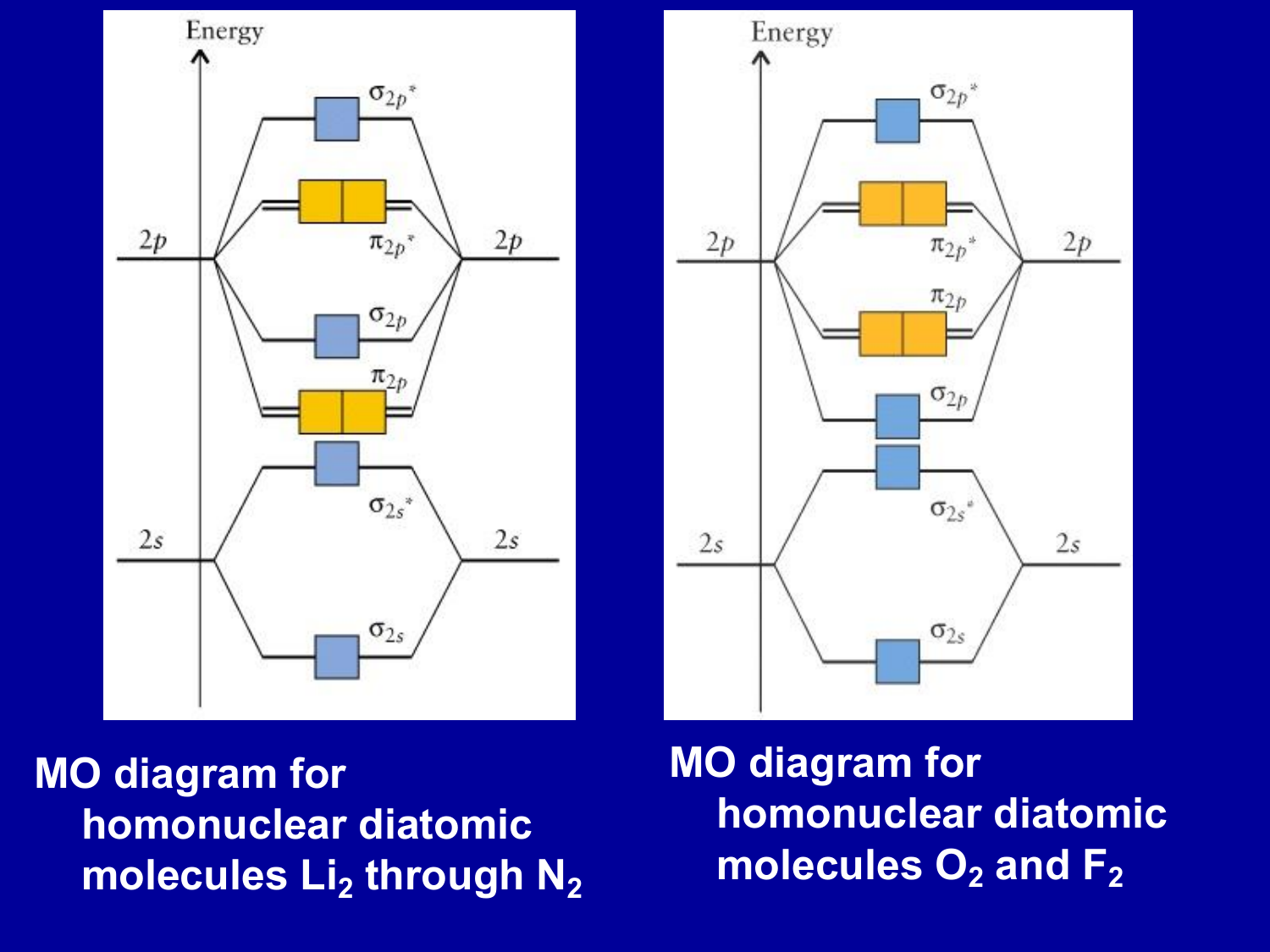
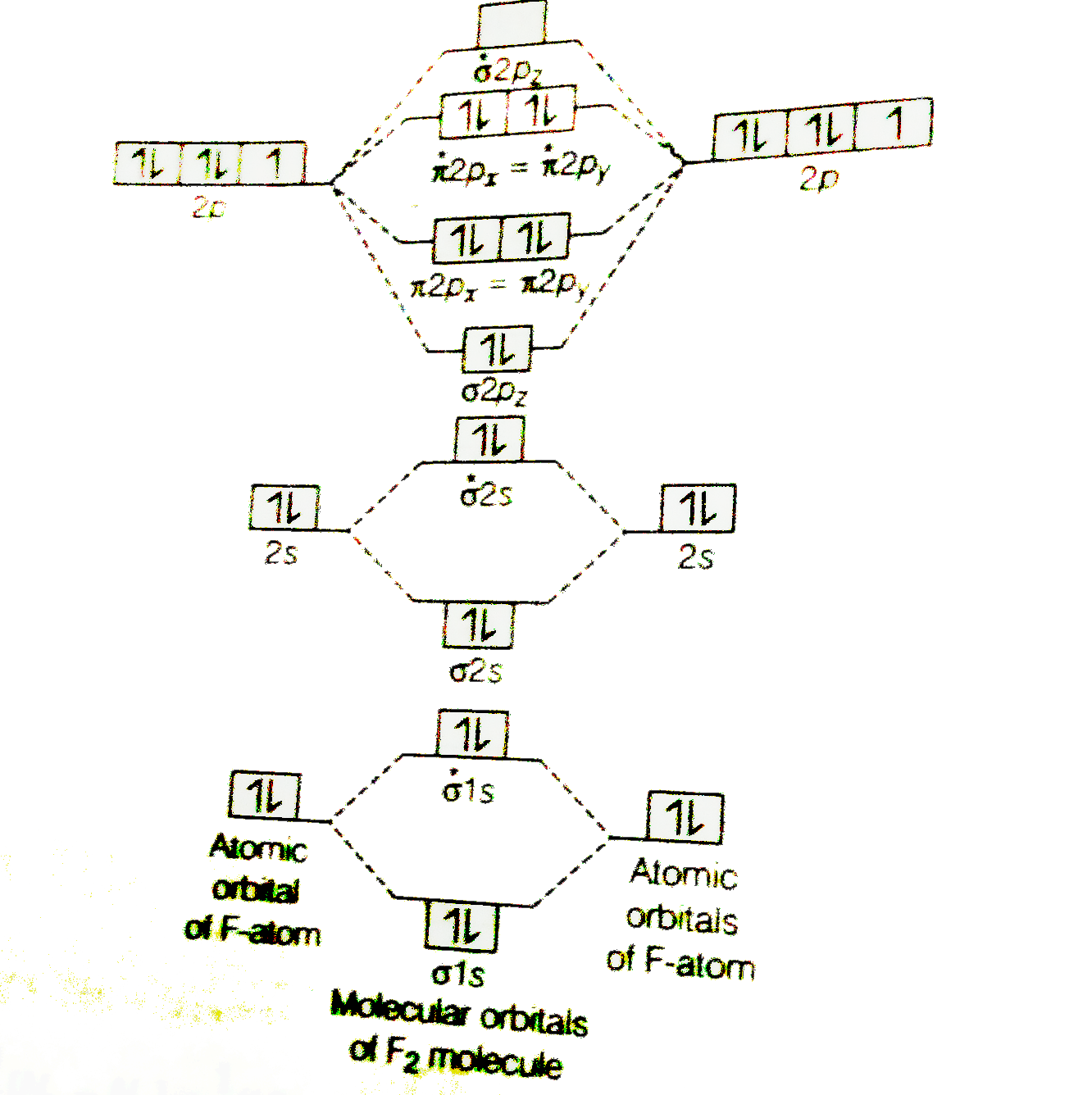



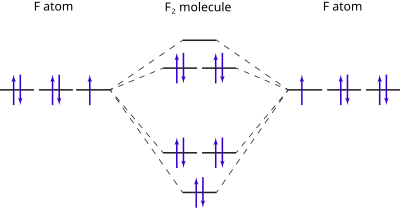
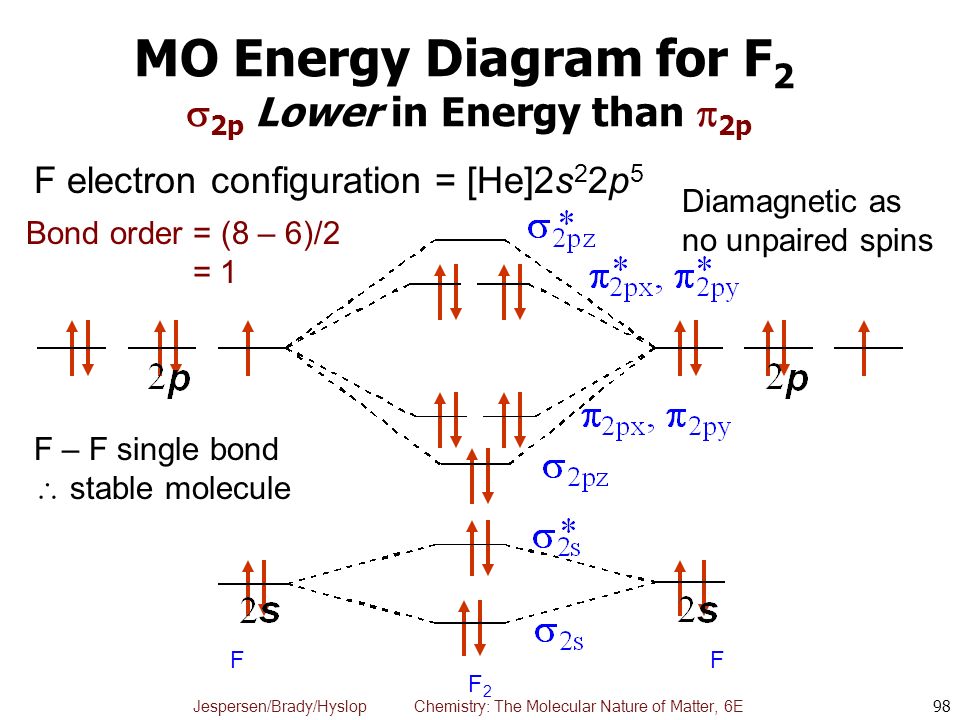


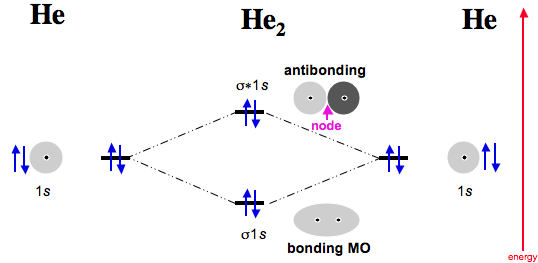




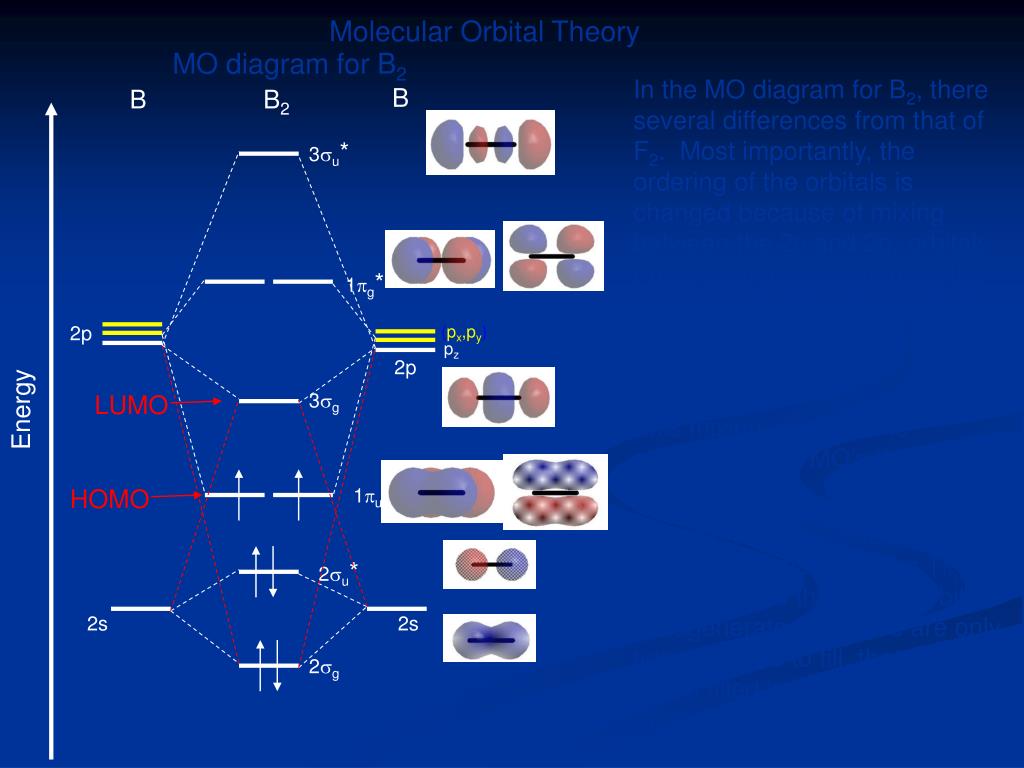



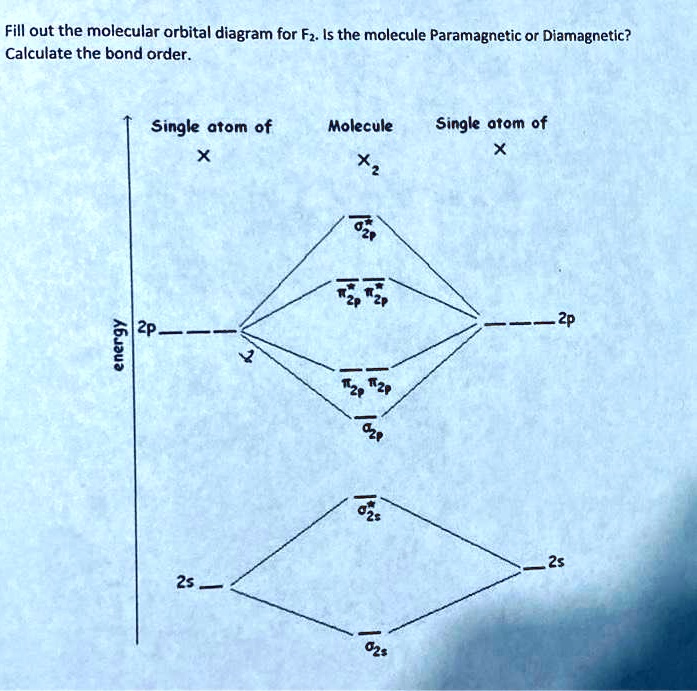



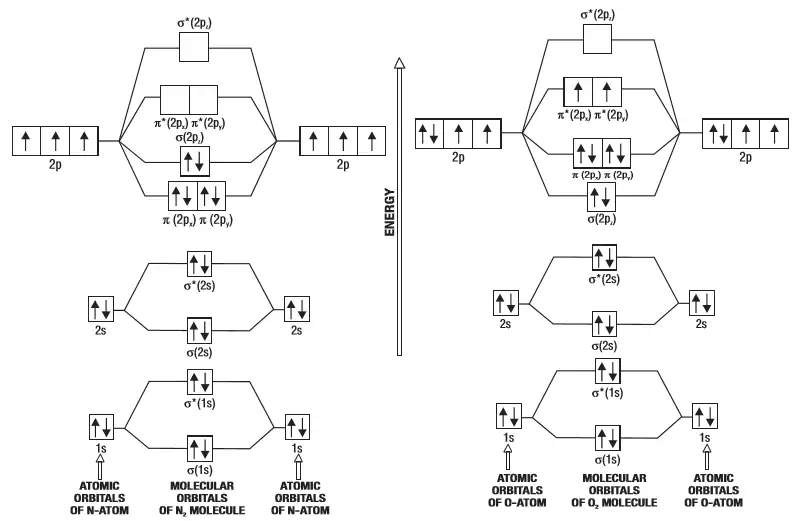
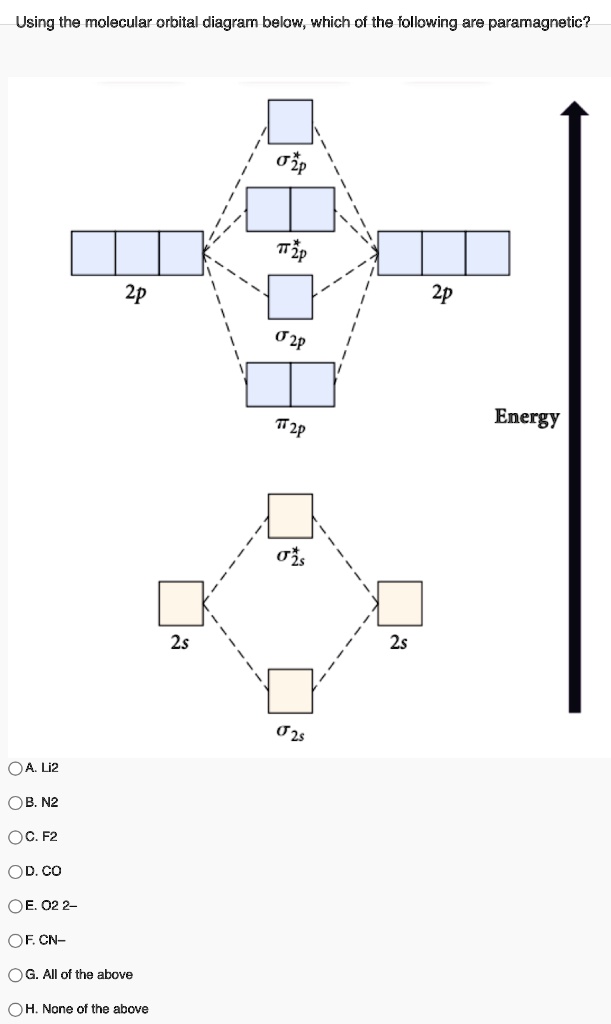
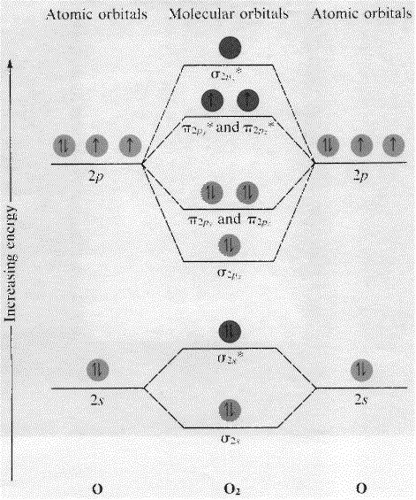



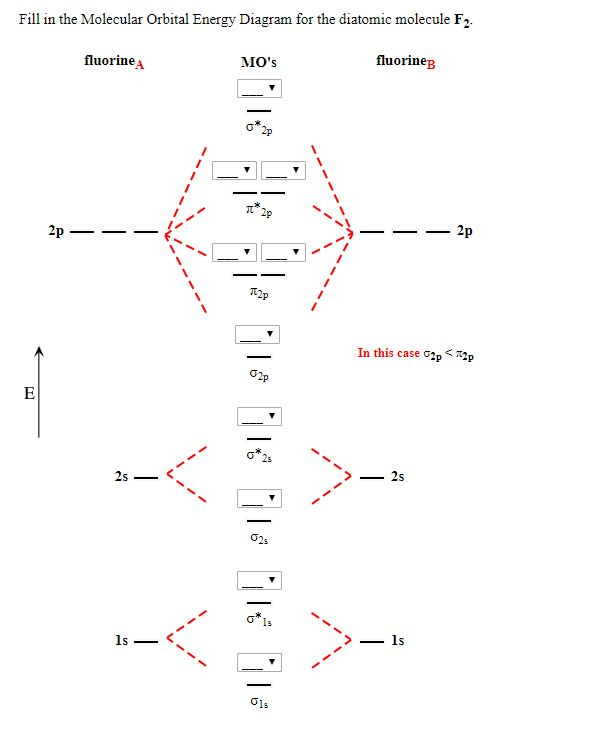
Comments
Post a Comment